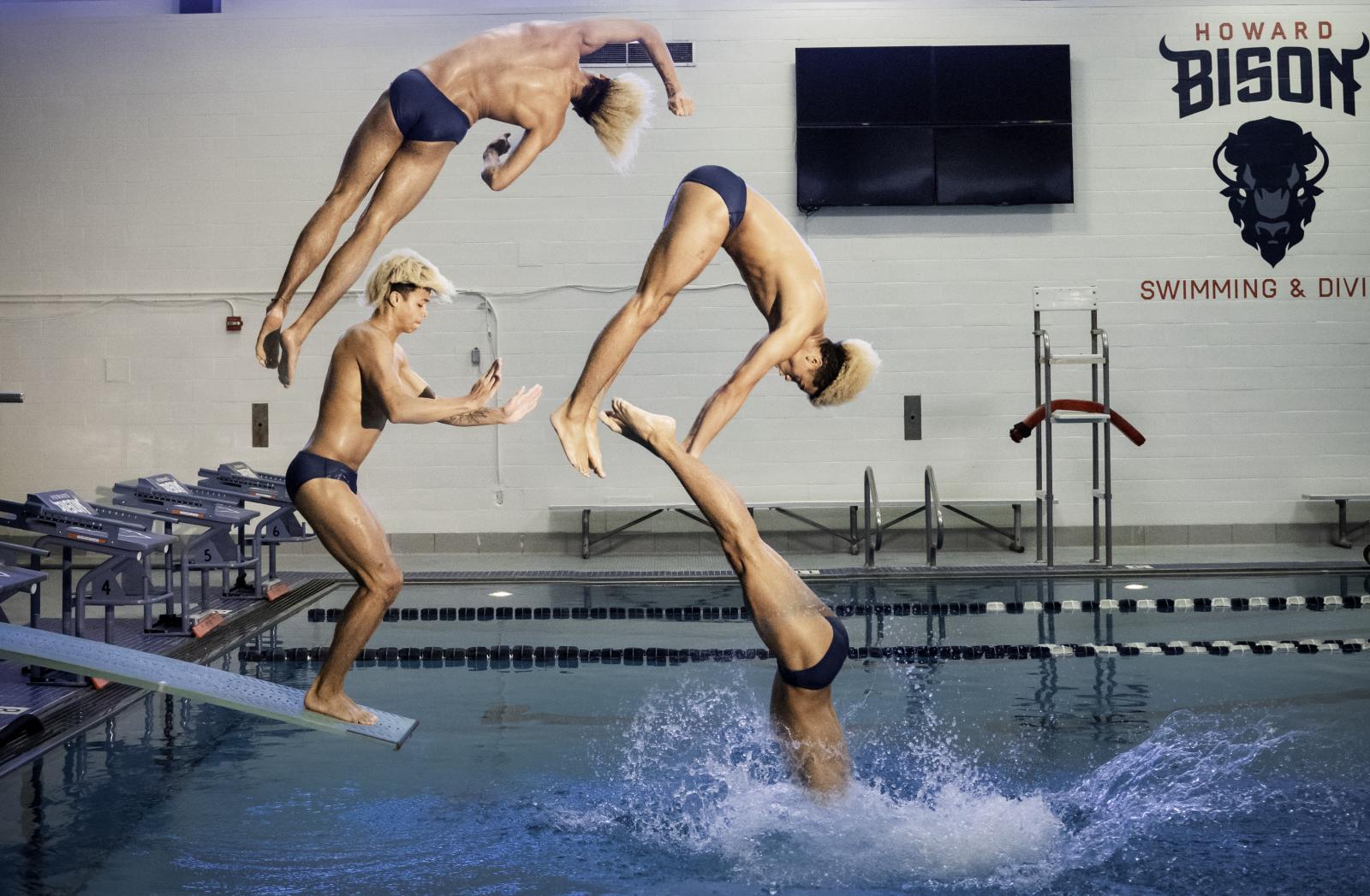Recent Supreme Court decisions such as the end of affirmative action in higher education and the overturning of Roe v. Wade will have life-changing implications for many Americans. But do they reflect the will of the people who are most impacted?
That’s a question posed by Carlos Aguilera, a doctoral student in political science and government, in his current research on how public opinion lines up with Supreme Court decisions.
When Aguilera worked as a policy and budget analyst for the California governor’s office, he saw day in and day out how policy choices are made and how they have real life consequences for everyone, particularly marginalized groups. That led him to further his education. “I wanted to pursue my doctorate to expand my knowledge of political systems and social change,” he says.
When it comes to the judicial system, these people impact our choices and our freedoms, and yet they’re not elected by us.”
His interest in the Court grew as he pondered its role in making decisions despite being the only one of the three branches of government in which its members weren’t voted for directly by the American people.
“You have your executive branch, your legislative branch, and then the judicial branch,” he says. “You vote for the president, you vote for your congressional member, your senator, even representatives at the local level. But when it comes to the judicial system, these people impact our choices and our freedoms, and yet they’re not elected by us.”
There are some rulings where it’s evident that the decision doesn’t match public opinion. For example, Pew Research found that 62% of Americans say abortion should be legal throughout the country despite the fact that the Court ruled that states have the right to ban it. But that’s just one decision, Aguilera says. He wants to know if the Supreme Court has always ruled differently than what the majority wants. “I need to research other poll data to see if historically this has been the case.”
One thing Aguilera has found: “A lot of underrepresented communities are being hurt by these decisions,” he says. At the same time, there aren’t many people of color in some of the groups that raise money for the congressional and presidential candidates who vote for Supreme Court justices.
A lot of underrepresented communities are being hurt by these decisions.”
Research such as his may be able to help sway public opinion about efforts to restructure the Supreme Court, which have been widely discussed in recent years. For example, some members of Congress have suggested increasing the number of justices on the Supreme Court while others have called for setting term limits.
At the very least, his research could provide a better understanding of the importance of voting for legislators and presidents who are more likely to vote for justices whose opinions are more mainstream.
“We need to be aware of what’s going on with the Supreme Court,” Aguilera says. “We must continue to mount pressure if [its] decisions aren’t reflecting public opinion. We are the ones with the say, we’re the collective that needs to come together and make sure we hold them accountable.”
Article ID: 1546



